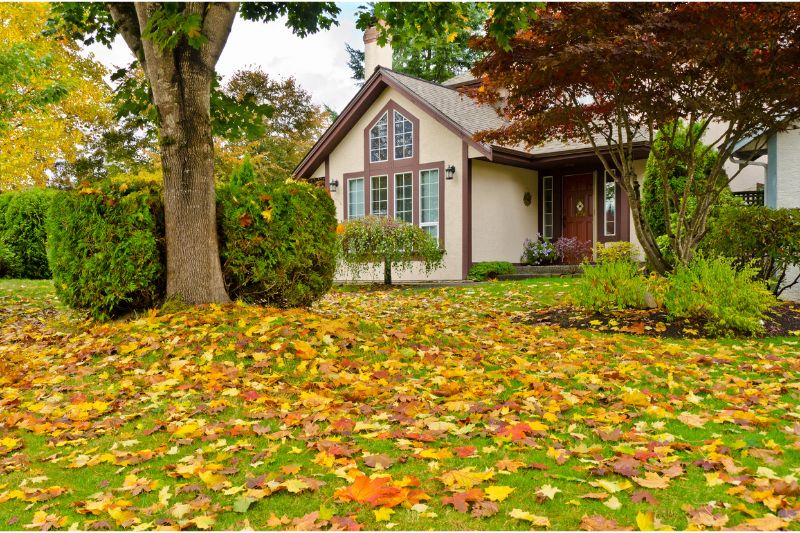Home for the holidays? Here’s how you can buy now and start paying in 2025…
PMI – What is it and How Does it Work?

PMI – What is it and How Does it Work?
By now you’ve likely heard complaints or frustrations over PMI (Private Mortgage Insurance) and do whatever you can to avoid it.
What if it’s not as bad as you think, though?
Private Mortgage Insurance has its positive sides, including the fact that it allows you to get competitive financing without a 20% down payment.
Here’s everything you need to know about PMI.
What is PMI?
Private Mortgage Insurance is insurance coverage you buy for the lender. It’s the lender’s guarantee for allowing you to put down as little as 3% – 5% on a home.
Typically, lenders require a 20% down payment for conventional financing, but many borrowers don’t have that much to put down. With PMI, you can make a much lower down payment, but cover the cost of insurance to protect the lender if you default.
How Does PMI Work?
PMI is insurance for the lender only, but you pay the premiums. It’s your cost because you aren’t making a large down payment.
Lenders take a chance when borrowers don’t have a lot of their own money invested in the home. It would be a lot easier for you to walk away from home if you have 3% invested versus 20%, right?
You pay the PMI premiums, but the insurance is only used if you default on the loan. In other words, if you get so far behind that the lender starts foreclosure proceedings, they’d claim the insurance.
The Good News about PMI
Here’s the good news.
PMI doesn’t last forever.
You only have to pay the premiums until you owe less than 80% of the home’s value. This can happen in a couple of ways.
- Make your regular payments and wait until you pay as much as necessary to get your principal balance below 80% of the original home value.
- Make regular payments but pay for a new appraisal when you know homes in your area are appreciated. This may allow you to cancel PMI early.
- You can also make larger mortgage payments than is required to pay the principal down faster.
You can request to cancel PMI whenever you get a balance lower than 80% of the home’s value, but lenders use the original value unless you pay for a new appraisal.
As long as you have a timely payment history and there aren’t any other issues with your account, they may approve your request to cancel it.
If not, by law lenders must cancel PMI automatically when you owe 78% of the home’s original value.
Final Thoughts
PMI doesn’t add a lot to your mortgage payment, and it makes it a lot easier to buy a home without a large down payment.
If you have good credit and a low debt-to-income ratio, you might qualify for conventional financing with PMI. You’ll pay the insurance temporarily while you enjoy your new dream home.
If you need help with mortgage financing or understanding how PMI would affect your payment, contact Certified Home Loans today!



